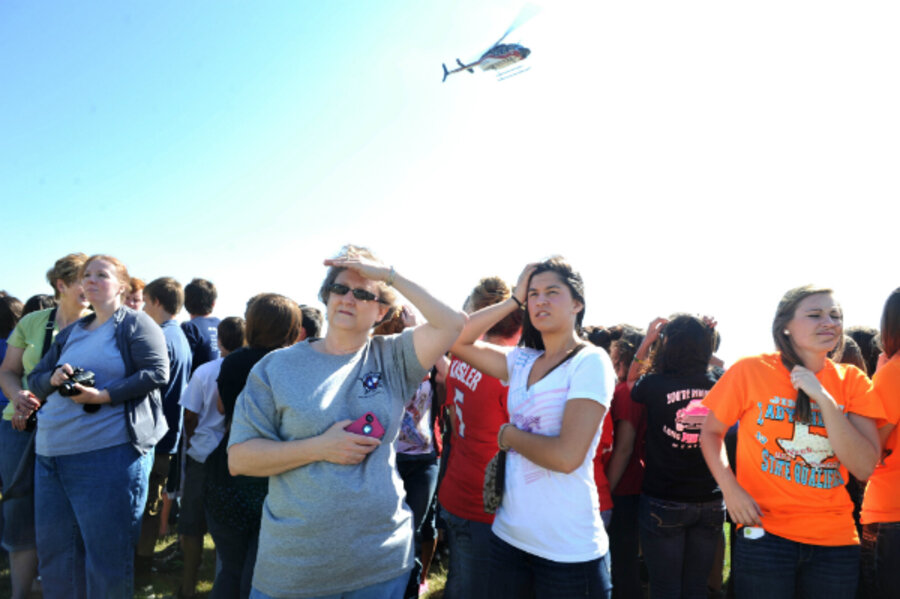How to maintain drop in US driving deaths
| Baltimore, Md.
The number of teens who die in motor vehicle crashes has tumbled to historic lows, down 64 percent since 1975, the Institute for Highway Safety reported last month. That’s a very welcome trend, since crashes are by far the leading cause of death for teenagers.
But it’s important to look closely at two related trends.
First, after declining gradually since 1988, the death rate from crashes for teens aged 15-19 dropped almost 30 percent between 2007 and 2009, an unprecedented two-year drop.
Second, most other age groups experienced a smaller but noteworthy 20 percent drop in those two years.
The widespread adoption of “graduated driver licensing” – the granting of full driving privileges to teens only after a supervised, restricted interim period – probably explains the greater drop in the rate for teens. But clearly other factors were at play that affected Americans of all ages.
The sudden decrease in traffic deaths followed a long-term decline apparently reflecting improvements in vehicles, roads, and driving behavior, such as seat-belt use. But much of the recent reduction in deaths was related to the economic recession.
A dramatic upswing in unemployment in 2008 coincided with the beginning of a drop in motor vehicle travel and a sharp decrease in highway deaths.
And note this: Economists Chad Cotti and Nathan Tefft report that along with increased unemployment came decreased alcohol consumption. That relationship – seen in previous periods of economic depression – was reflected in the drop in all fatal crashes.
Mr. Cotti, at the University of Wisconsin, and Mr. Tefft, at Bates College, suggest that alcohol expenditures away from home decreased while purchases of package alcohol did not. This underscores the role of drinking in bars and restaurants that is typically followed by alcohol-related driving to get home.
To our knowledge, no major breakthroughs in injury prevention have been achieved and introduced that would have shown a large and sudden effect in 2008.
The fact that alcohol usage may well explain much of the decline in deaths is a sobering reminder of the important, negative effect of alcohol on the health of Americans.
Nobody wants to prolong the generally harmful effects of the economic downturn, but we can try to mimic its health benefits. In particular, we should look toward policies that reduce alcohol use and driving.
These include increasing taxes on alcohol (higher prices reduce consumption), limiting the times and places where alcohol sales are permitted, and restricting alcohol advertising, especially ads likely to encourage alcohol use by adolescents.
Gasoline taxes should also be raised. Canadians and most Europeans pay at least $2 per gallon more than Americans due to high gas taxes. Higher gas prices tend to reduce discretionary driving – and thus, highway deaths.
Raising taxes is always controversial. But in this case, it will save lives.
Susan P. Baker is a professor specializing in injury prevention at The Johns Hopkins Bloomberg School of Public Health. David M. Bishai is a professor at The Johns Hopkins Bloomberg School of Public Health. Guoqing Hu is an associate professor at Central South University in Changsha, China.








